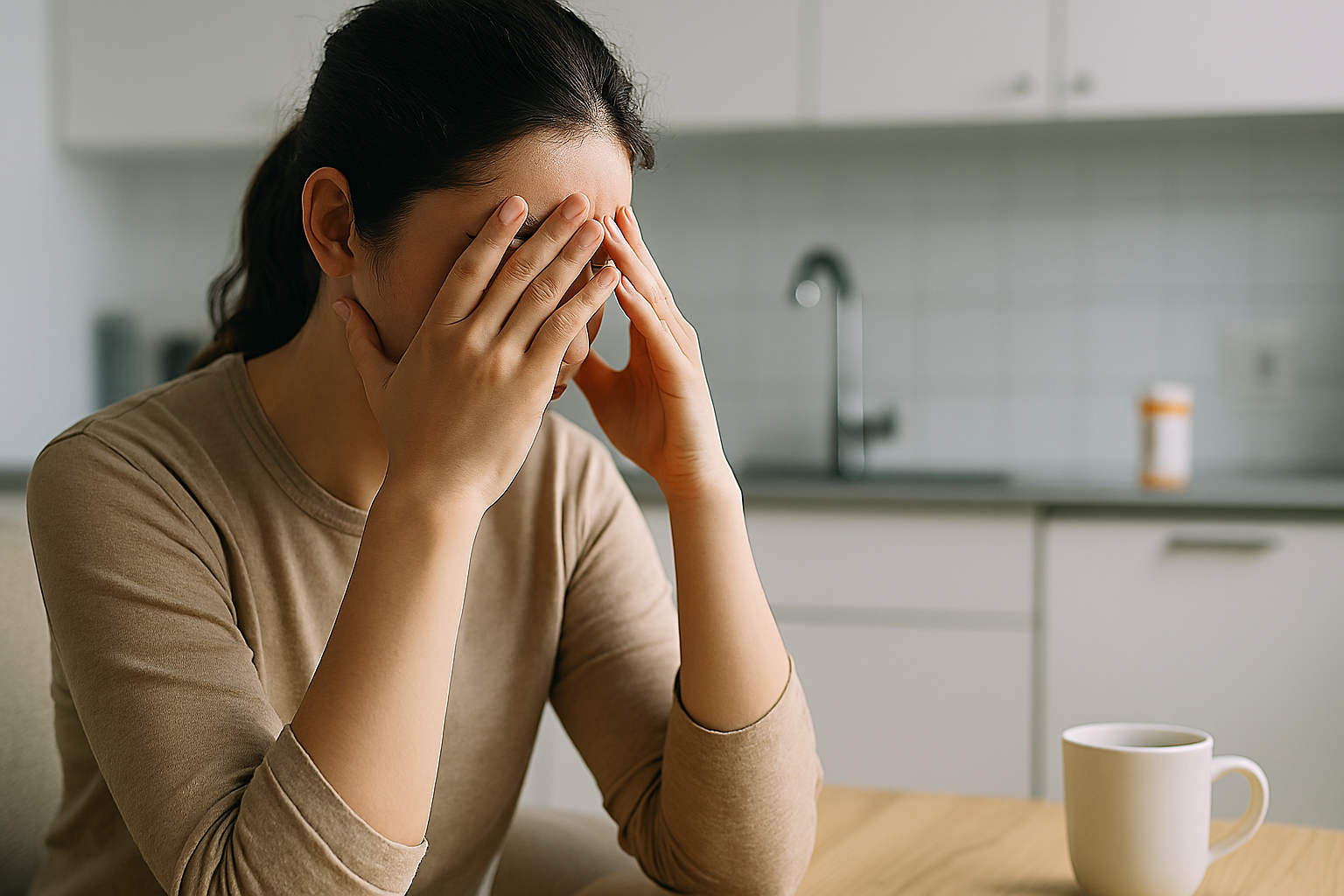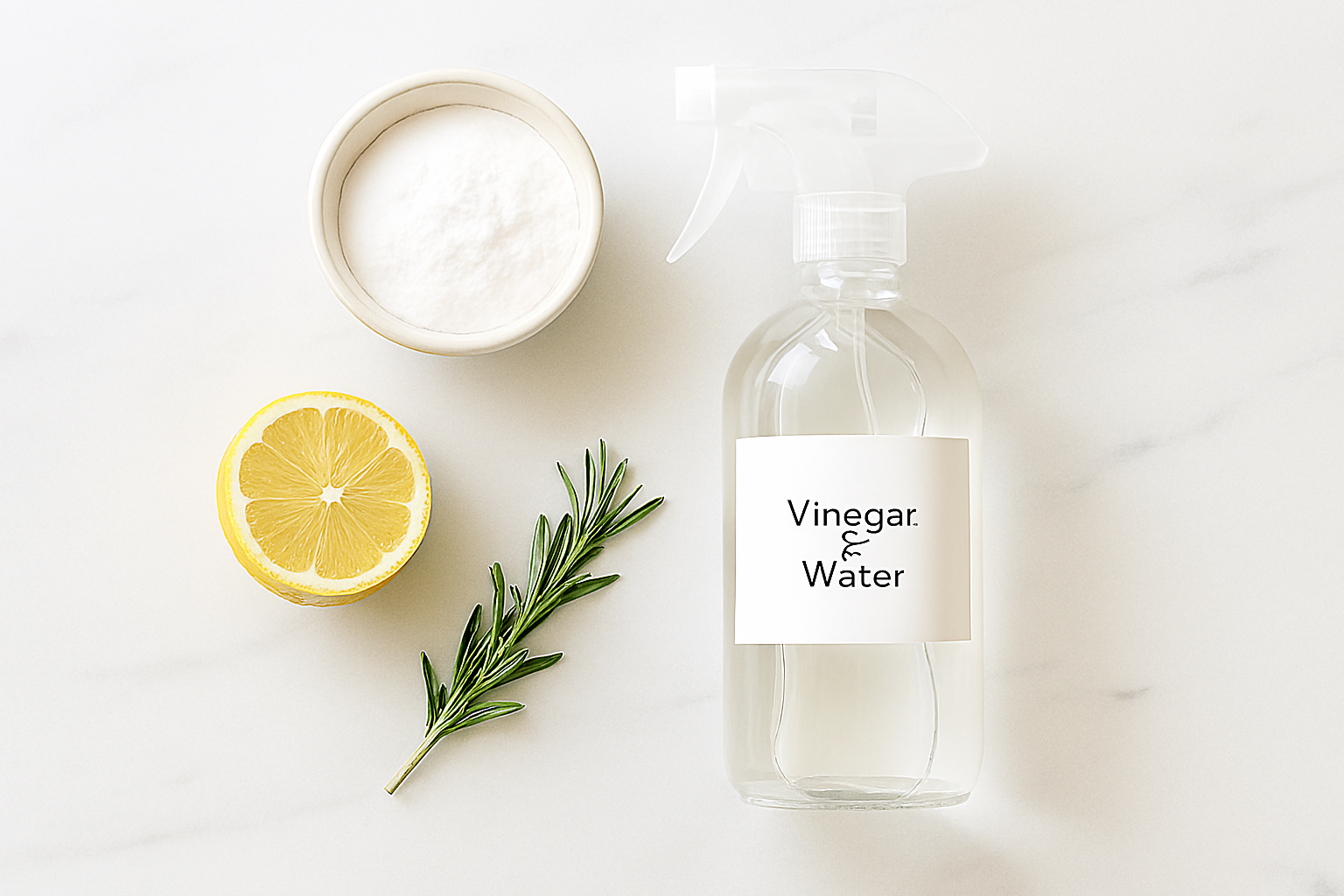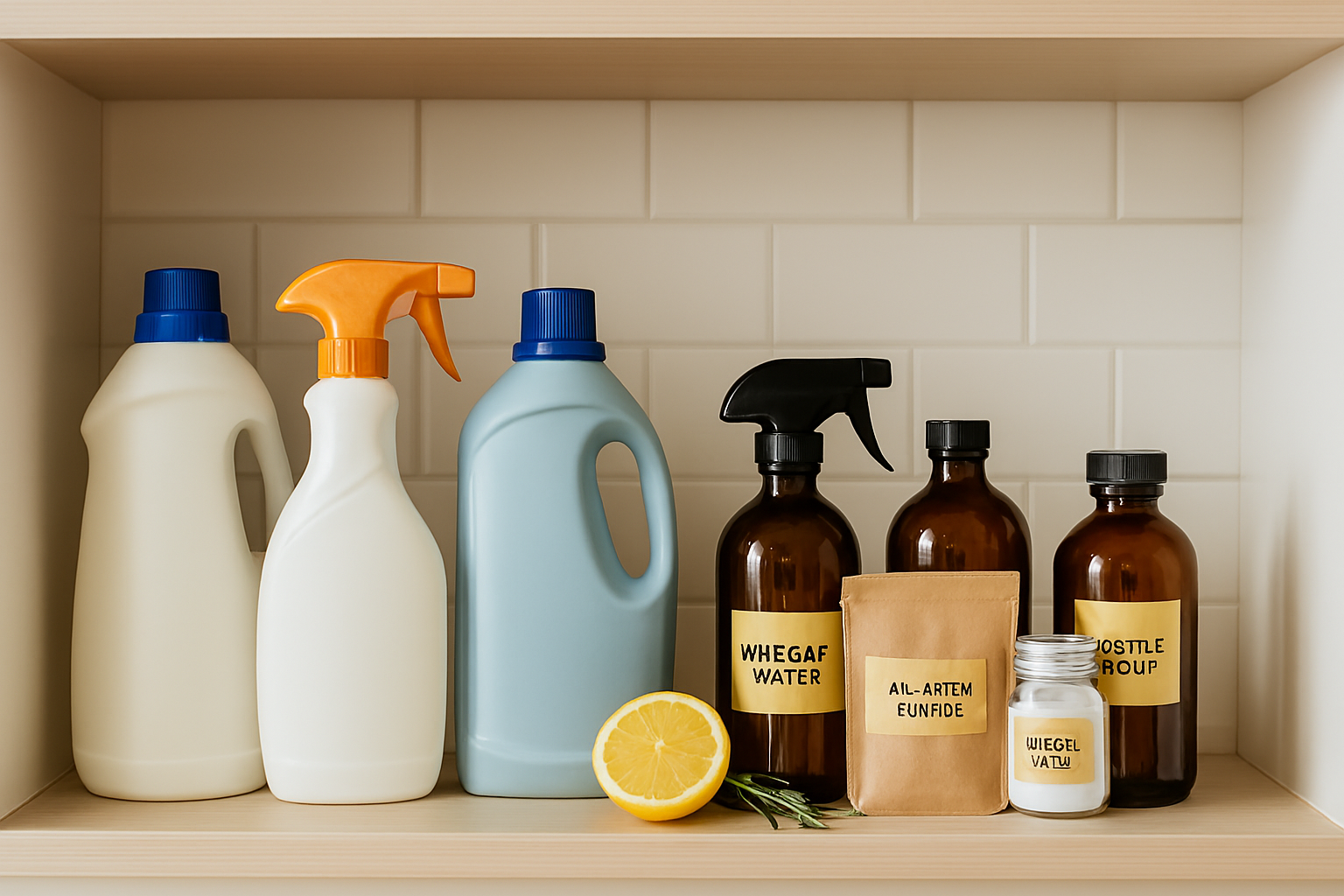My Chronic Headaches Disappeared After I Removed These 15 Household Products

The morning light filtered through my bedroom window as I reached for the familiar bottle of pain relievers on my nightstand, a ritual I had performed nearly every day for three years. These chronic headaches had become my unwelcome companion, shadowing me through important meetings, family gatherings, and quiet evenings at home.
I had seen four different doctors, undergone scans, tried elimination diets, and even explored acupuncture. Each intervention brought temporary relief at best. “You might just be prone to headaches,” one doctor suggested with a sympathetic but defeated shrug.
But something inside me refused to accept that daily pain was my inevitable fate. What if the trigger was not something mysterious happening inside my body, but something surrounding me every day? This question launched me on a journey that would eventually transform my health. I discovered that the products filling my living space were not just conveniences; they were the source of my chronic pain.

Why Everyday Household Toxins Matter
Our homes should be sanctuaries, yet the average household contains hundreds of synthetic chemicals that did not exist a century ago. According to the Environmental Protection Agency, indoor air is typically two to five times more polluted than outdoor air.
These toxins enter our bodies through three main pathways:
- Inhalation (breathing vapors and airborne particles)
- Absorption (through skin contact)
- Ingestion (consuming residues on food or surfaces)
Research increasingly connects common household chemicals to health concerns, including headaches, fatigue, and brain fog. This scientific foundation gave me the confidence to experiment with reducing my toxic load, beginning with the most suspect products in my home.
The 15 Products I Removed That Made a Difference
Here is the list of products I gradually eliminated from my home, along with the simple, affordable alternatives I chose instead.
1. Synthetic Air Fresheners
These products often contain phthalates, which are linked to hormone disruption and headaches.
- My Alternative: I switched to simmer pots with cinnamon sticks and orange peels or diffused pure essential oils like lavender.
2. Scented Candles with Paraffin
When burned, these petroleum-based candles can release toluene and benzene, known headache triggers.
- My Alternative: Beeswax or soy candles scented with essential oils provide the same cozy ambiance without the toxins.
3. Chemical-Based Cleaners
Products containing ammonia, chlorine bleach, and artificial fragrances can release Volatile Organic Compounds (VOCs) that linger in the air.
- My Alternative: I created simple cleaners using vinegar, baking soda, and castile soap with a few drops of tea tree oil. My cleaning costs dropped significantly.

4. Plastic Food Containers (BPA and BPS)
These chemicals can leach from plastic into food, especially when heated, and are known endocrine disruptors.
- My Alternative: I gradually replaced plastic with glass food storage containers. For a budget-friendly option, I reused glass jars from pasta sauce.
5. Non-Stick Pans
When overheated, traditional non-stick cookware can release chemicals that have been associated with immune system and neurological impacts.
- My Alternative: I switched to cast iron (which becomes naturally non-stick when seasoned) and stainless steel pans, finding great secondhand options.
6. Artificial Laundry Detergents and Softeners
Synthetic fragrances in these products cling to fabrics, creating constant, low-level chemical exposure.
- My Alternative: I switched to fragrance-free, plant-based detergents. For softening, I add 1/4 cup of white vinegar to the rinse cycle (the smell disappears once dry).
7. Personal Care Products with "Fragrance"
The term “fragrance” on a label can legally hide hundreds of undisclosed chemicals.
- My Alternative: I chose fragrance-free or naturally scented shampoos, lotions, and deodorants, looking for certified organic products.
8. High-VOC Paints
Traditional paints can off-gas VOCs for years, which are linked to headaches and dizziness.
- My Alternative: When I repainted my home office, I invested in low-VOC or zero-VOC paint. The slight price increase was worth it.
9. Flame-Retardant Furniture
Many sofas and chairs contain chemical flame retardants that continuously shed into household dust.
- My Alternative: As my budget allowed, I replaced items, looking for labels specifying “contains no added flame retardants” and choosing natural materials.
10. Unfiltered Tap Water
Depending on your location, tap water can contain chlorine byproducts or other contaminants.
- My Alternative: I installed an under-sink water filter, but a simple pitcher filter is a great, budget-friendly place to start.
11. Dryer Sheets
These products coat fabrics with synthetic chemicals and fragrances that make direct contact with your skin.
- My Alternative: Wool dryer balls with a drop of essential oil provide static reduction without the chemical residue and are reusable for years.
12. Room Sprays
Like other synthetic fragrances, these mask odors while introducing potentially problematic chemicals into your air.
- My Alternative: Opening windows for cross-ventilation and using charcoal odor absorbers proved more effective.
13. Chemical Pest Control
Conventional pesticides are designed to be toxic and can persist in indoor environments.
- My Alternative: I adopted preventative measures like sealing entry points and using botanical repellents like peppermint oil.
14. Petroleum-Based Skincare
Many conventional lotions contain petroleum derivatives with undisclosed impurities.
- My Alternative: I simplified my routine using plant oils like jojoba and rosehip and chose products with minimal, recognizable ingredients.
15. Scented Trash Bags
The synthetic fragrances in these bags can continuously affect indoor air quality.
- My Alternative: Unscented bags, coupled with composting food waste, eliminated odor issues naturally.

How to Identify Your Personal Triggers
While this list was transformative for me, your sensitivities might be different. The key is to become a detective in your own life. Start by paying close attention to your body and environment.
- Notice Immediate Reactions: When you use a certain cleaning spray or light a specific candle, do you feel a headache, stuffiness, or fatigue shortly after? This is the most direct clue.
- The "Elimination Test": Remove one category of products, like all synthetic fragrances, for one to two weeks. Do not change anything else in your routine. At the end of the period, assess how you feel. Have your symptoms improved, even slightly?
- Keep a Simple Journal: You do not need a complex spreadsheet. In a small notebook, jot down the date, your symptom severity (e.g., "Headache: 7/10"), and any new products or strong scents you were exposed to that day. Patterns will begin to emerge.
This mindful observation is the heart of a personalized home detox. It empowers you to identify what specifically impacts your unique biology.
My Headache-Free Results
The transformation was not immediate, but it was unmistakable. Within two weeks of removing the first five products, my daily headaches became every-other-day occurrences. By month three, I was experiencing only occasional mild tension headaches. Now, a year into my journey, I typically go weeks without reaching for pain relief.
Beyond headache relief, I have noticed other improvements: more consistent energy, better sleep, and fewer skin irritations. My home feels lighter, cleaner, and more aligned with true wellbeing. If you are dealing with persistent health issues, consider looking at your immediate environment. Start with one category, make simple swaps, and observe how you feel. The body has remarkable wisdom; sometimes, we just need to remove the interference.





